Physical Condition
Level of fitness or training needed for a high altitude trek in Nepal or elsewhere, there is probably no right or wrong answer.
Equipment (shoes, backpack , ...) should suit you perfectly because after five days of walking will be too late to realize that your shoes make you blisters! It is also too late to realize that eventually you do not walk.
Do some hiking of 2-3 days and you will realize your fitness: if you have the pleasure to walk and you find a pace that does not make you get exhausted for such trips, there has a priori no reason to change that during a trek longer.
Learn to listen and find your own pace is the best advice I can give you!
And especially also think that your backpack will not leave you, thus avoid to charge too much this last one, 10 kg will not still be enough, but 15 kg it will be of excess after 3 or 4 days!!!!
For Trekking:
Altitude Sickness
Acute Mountain Sickness (AMS) is caused by lack of oxygen when travelling to higher elevations.
This usually occurs in the individual exposed to an altitude over 7,000 feet (2,100 m) who have not had a chance to acclimatize to the altitude before engaging in physical activities.
Mountain climbers and trekkers are at greatest risk.
While individual tolerance varies, symptoms usually appear in several hours, with those in poor physical condition being most susceptible.
Headache, fatigue, shortness of breath, nausea, poor appetite, and restless sleep are all common symptoms.
In more severe cases thinking and judgment may become impaired. Pulmonary edema (a build-up of fluid in the lungs), an uncommon but potentially fatal complication, can occur.
The symptoms of AMS can be prevented or minimized by ascending gradually (less than 500 m/day) over several days to give your body a chance to acclimate to higher altitude. Acetazolamide (Diamox) can be used to speed up the acclimatization process. It should be taken shortly before and during the ascent. Discuss any medication use with your physician, as it is contraindicated in those allergic to sulfa drugs and in certain medical conditions.
Once symptoms of altitude sickness occur they usually improve over several days without treatment.
However, if they become sever they can be relieved with the administration of oxygen and descent to lower altitudes.
Physical Fitness
While a specialized training regimen isn’t necessary for climbing Kilimanjaro, the higher your physical fitness the better your body will adapt to the altitude, more enjoyable the climb will be, and the higher your likelihood of reaching the summit.
Your fitness preparations should include at least 30 minutes of aerobic exercise, such as running, cycling, or swimming, per week.
Once a month you should try to spend 5-6 hours walking or hiking.
We will be happy to help you with an individualized fitness regimen to prepare you for your trek.
E-mail us at info@routeskilimanjaro.com for more information.

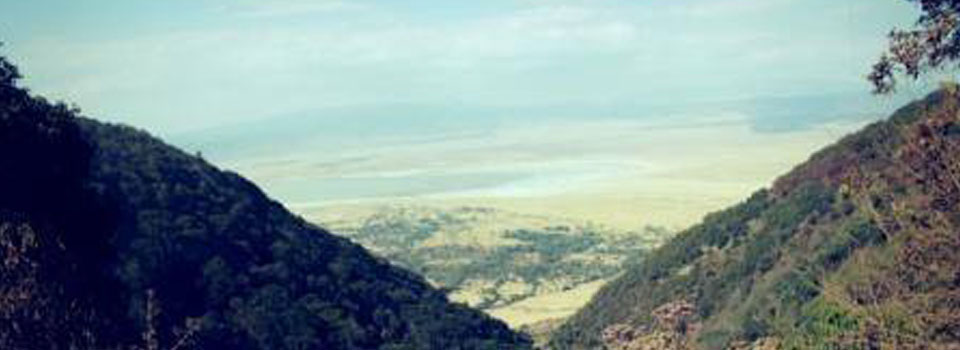
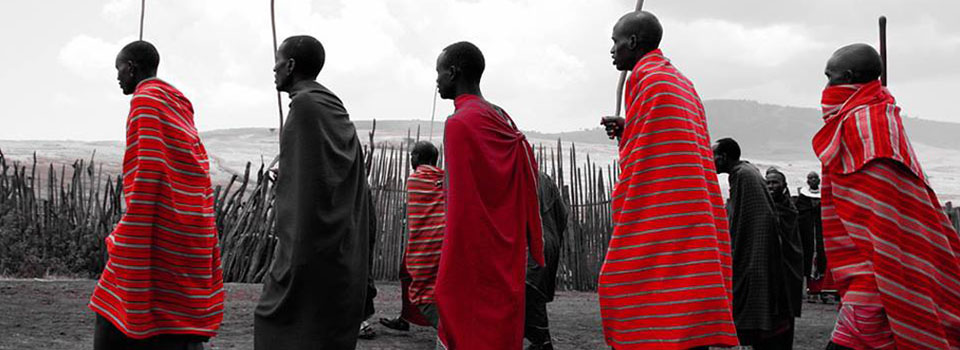



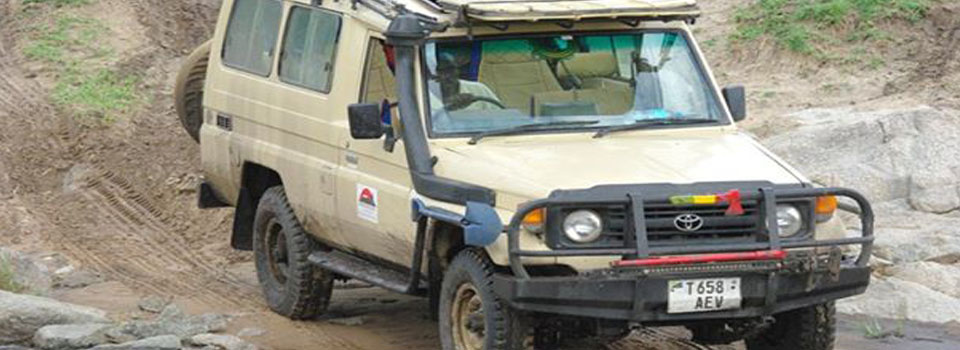

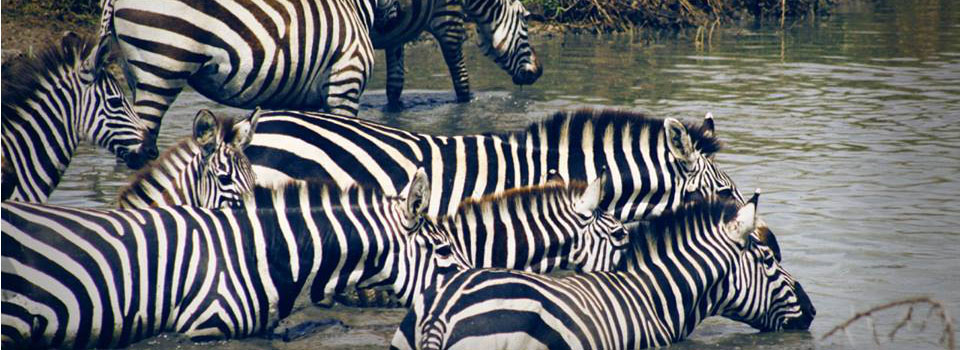
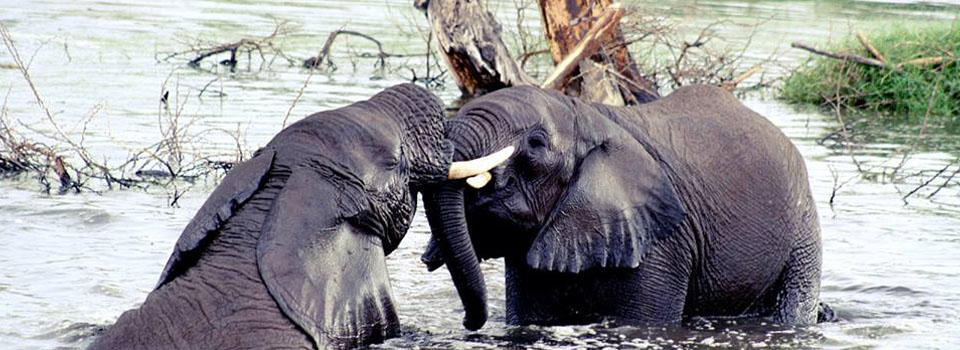
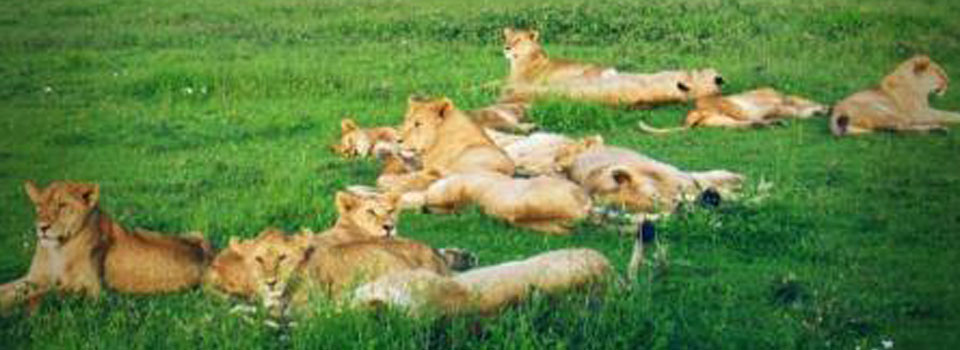
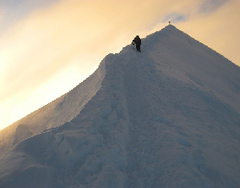
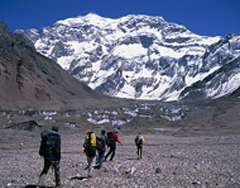




.png)